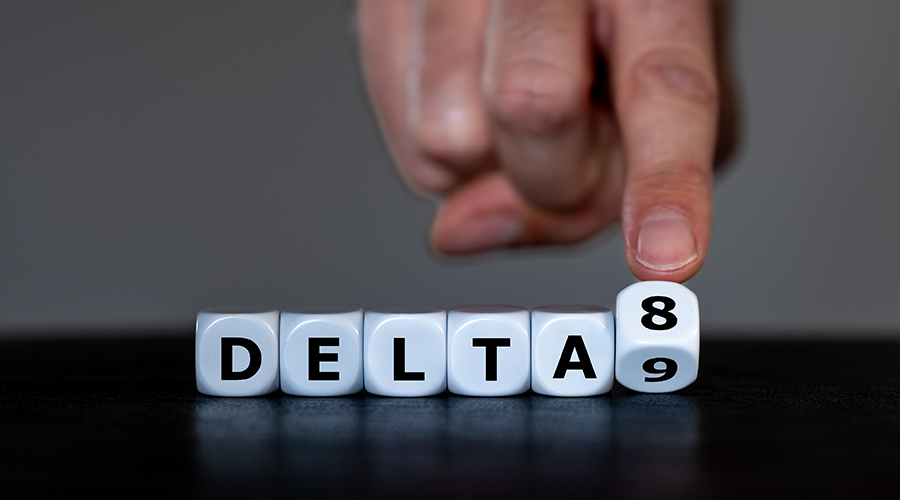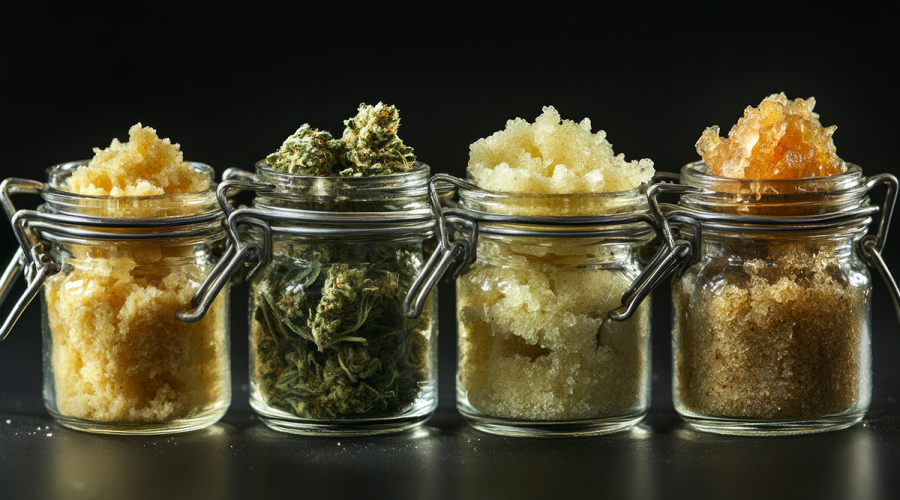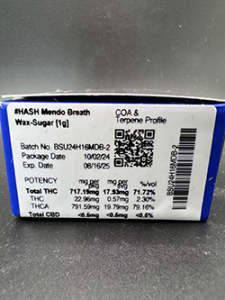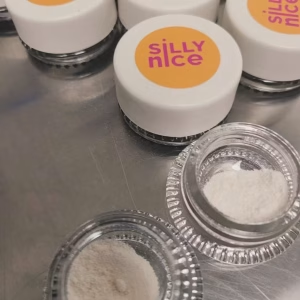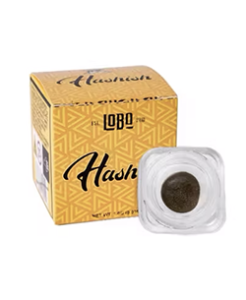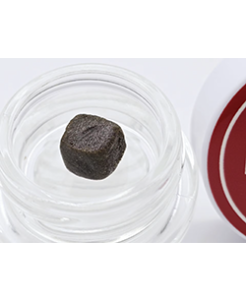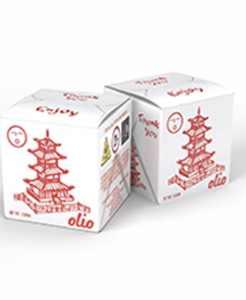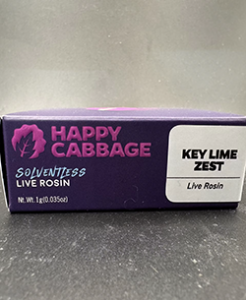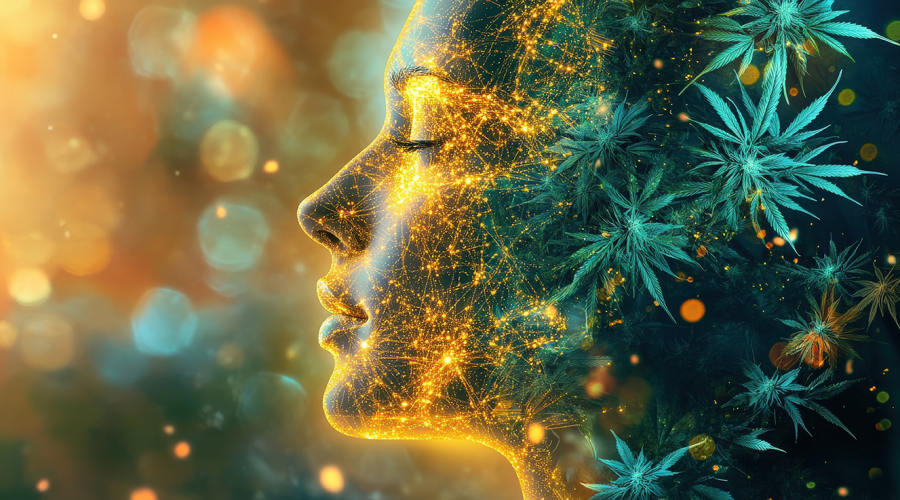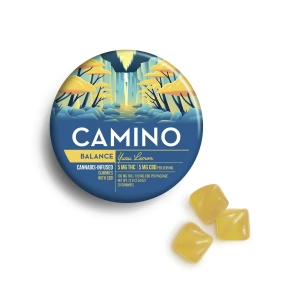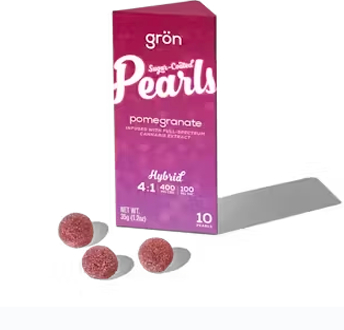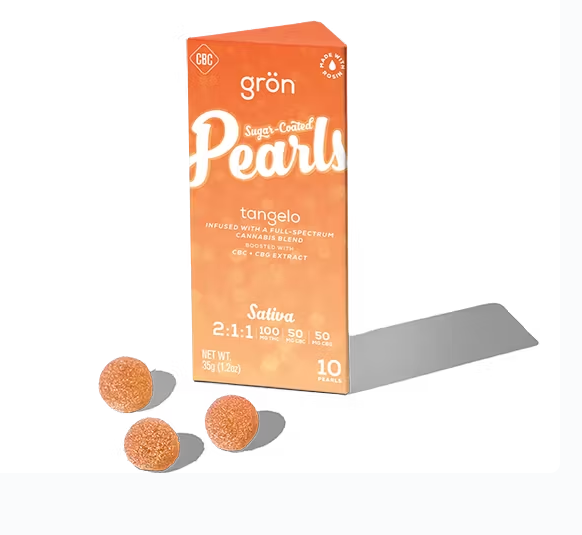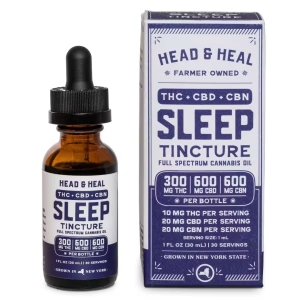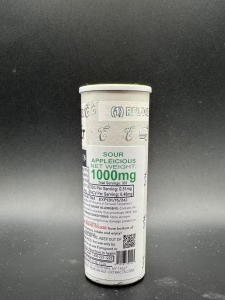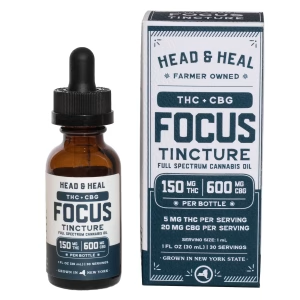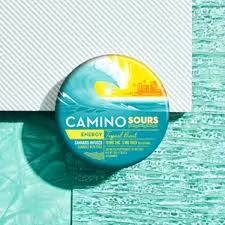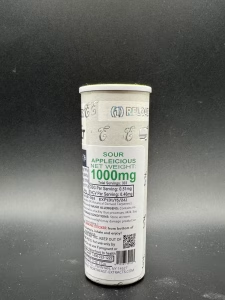What Is Delta-8 THC? Is It Legal?
Delta 8
Delta-8 THC has emerged as a notable cannabinoid in the cannabis industry, offering users a unique experience distinct from its more potent counterpart, Delta-9 THC. As interest in Delta-8 grows, it’s essential to understand its properties, legal status—especially in New York—and where consumers can explore cannabis products, such as at Cannabis Realm in White Plains and Yonkers.
Understanding Delta-8 THC
Delta-8 THC (delta-8-tetrahydrocannabinol) is a naturally occurring cannabinoid found in trace amounts in the cannabis plant. Structurally similar to Delta-9 THC, the primary psychoactive compound in cannabis, Delta-8 offers a milder psychoactive experience. Users often report feelings of relaxation, clarity, and uplifted mood without the intense euphoria or potential anxiety associated with Delta-9 THC.
Legal Status of Delta-8 THC in New York
The legal landscape for Delta-8 THC is complex and varies by state. In New York, the sale, distribution, and manufacturing of Delta-8 THC and other synthetic cannabinoids derived from hemp are prohibited. This decision stems from concerns about the lack of regulation and potential health risks associated with untested products.
However, legislative efforts are underway to revisit these restrictions. Senate Bill S5809 proposes repealing emergency regulations that restrict intoxicating hemp products like Delta-8 and Delta-10 THC, aiming to establish a more regulated framework for these cannabinoids.
Exploring Cannabis Realm in White Plains and Yonkers
While Delta-8 THC products are currently restricted in New York, consumers can explore a wide range of cannabis products at licensed dispensaries like Cannabis Realm. Located at 475 Central Ave, White Plains, NY 10606, Cannabis Realm serves the White Plains and Yonkers communities, offering high-quality cannabis products and expert guidance.
Product Offerings:
Flower: A diverse selection of strains to suit various preferences.
Pre-Rolls: Convenient options for on-the-go consumption.
Vaporizers: A range of devices for those preferring vapor over smoke.
Edibles: Including gummies and other infused treats.
Tinctures: Liquid extracts for sublingual use.
Topicals: Products designed for localized relief.
Services:
In-Store Shopping: A welcoming environment with knowledgeable staff.
Online Ordering: Browse and order products through their website.
Delivery: Convenient delivery options for local customers.
Benefits of Delta-8 THC
Though currently restricted in New York, Delta-8 THC has been noted for several potential benefits:
Reduced Anxiety: Users report a calming effect without the paranoia sometimes associated with Delta-9 THC.
Pain Relief: Potential analgesic properties may help alleviate discomfort.
Appetite Stimulation: May aid those experiencing appetite loss.
Neuroprotective Properties: Early research suggests potential benefits for brain health.
It’s important to note that while these benefits are promising, more research is needed to fully understand the therapeutic potential of Delta-8 THC.
The Delta-8 High: What to Expect
The psychoactive experience of Delta-8 THC is often described as:
Milder Euphoria: Less intense than Delta-9 THC, providing a more manageable high.
Clear-Headedness: Users often feel mentally sharp and focused.
Relaxation: A soothing effect that doesn’t typically lead to sedation.
Functional: Suitable for daytime use without significant impairment.
This profile makes Delta-8 appealing to those seeking the benefits of THC without the overwhelming effects.
Delta-8 THC presents an intriguing option for cannabis consumers, offering a unique balance between therapeutic benefits and psychoactive effects. While its legal status in New York currently limits access, ongoing legislative discussions may pave the way for regulated availability in the future.
In the meantime, dispensaries like Cannabis Realm in White Plains and Yonkers provide a wide array of cannabis products, ensuring that consumers have access to safe, high-quality options. Whether you’re new to cannabis or a seasoned enthusiast, their knowledgeable staff can guide you to products that meet your needs.

